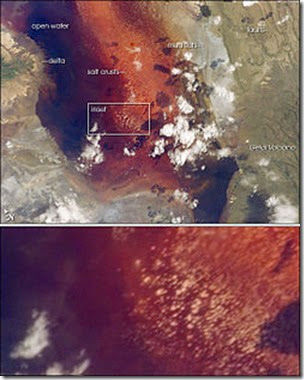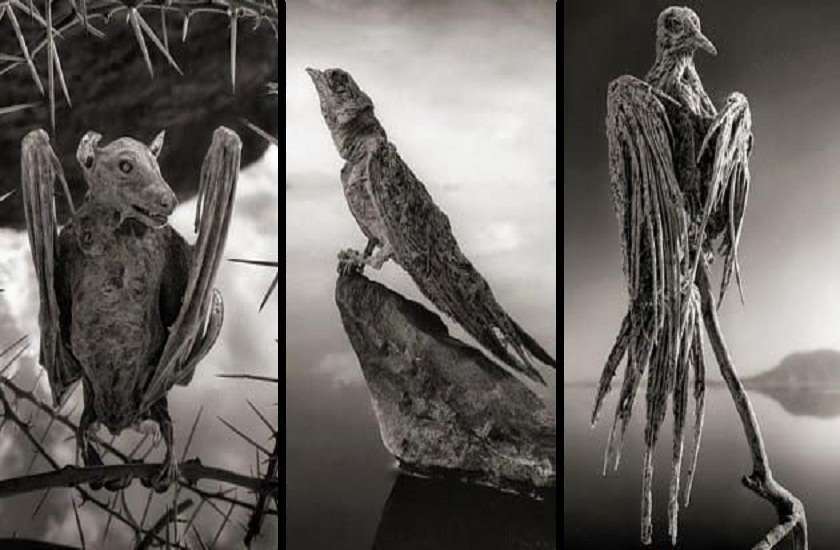



The flamingos' nests are built on small islands that form in the lake during the dry season. "Reanimated, alive again in death."ĭuring breeding season, more than 2 million lesser flamingos (Phoenicopterus minor) use the shallow lake as their primary breeding ground in Africa. "I took these creatures as I found them on the shoreline, and then placed them in 'living' positions, bringing them back to 'life,' as it were," Brandt wrote, referring to the way he repositioned the animals. "No one knows for certain exactly how they die, but … the water has an extremely high soda and salt content, so high that it would strip the ink off my Kodak film boxes within a few seconds." "I unexpectedly found the creatures - all manner of birds and bats - washed up along the shoreline of Lake Natron," Brandt wrote in his book. Now, photographer Nick Brandt has captured haunting images of the lake and its dead in a book titled "Across the Ravaged Land" (Abrams Books, 2013).īrandt discovered the remains of flamingos and other animals with chalky sodium carbonate deposits outlining their bodies in sharp relief. In fact, Lake Natron's alkaline waters support a thriving ecosystem of salt marshes, freshwater wetlands, flamingos and other wetland birds, tilapia and the algae on which large flocks of flamingos feed. And deposits of sodium carbonate - which was once used in Egyptian mummification - also acts as a fantastic type of preservative for those animals unlucky enough to die in the waters of Lake Natron.ĭespite some media reports, the animal didn't simply turn to stone and die after coming into contact with the lake's water. The water's alkalinity comes from the sodium carbonate and other minerals that flow into the lake from the surrounding hills.
Lake natron turns animals to stone skin#
The alkaline water in Lake Natron has a pH as high as 10.5 and is so caustic it can burn the skin and eyes of animals that aren't adapted to it. The deposits of sodium carbonate act as a type of preservative for the animals unlucky enough to die in the waters of Lake Natron.Lake Natron in Tanzania is one of the most serene lakes in Africa, but it's also the source of some of the most phantasmagorical photographs ever captured - images that look as though living animals had instantly turned to stone. The water’s alkalinity comes from the sodium carbonate and other minerals that flow into the lake from the surrounding hills. The alkaline water in Lake Natron has a pH as high as 10.5 and is so caustic it can burn the skin and eyes of animals that aren’t adapted to it. Whether it was because the shiny appearance confuses them, causing them to crash into the pond, they inevitably met an unnatural fate. Brandt named the photo reserve he created “Across the Ravaged Land” due to the way the animals met their untimely death. Fishes, bats and any surrounding wildlife were like sculptures that had been stopped dead in their tracks. Lake Natron first gained attention when photographer Nick Brandt visited Tanzania and came upon the calcified remains of animals along the shoreline. This lake sits directly on the Gregory Rift, which is an Asian branch of the East African Rift. Lake Natron is a salt and soda lake located in Northern Tanzania.


 0 kommentar(er)
0 kommentar(er)
